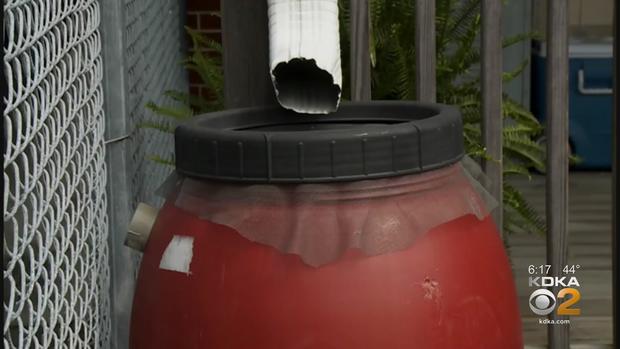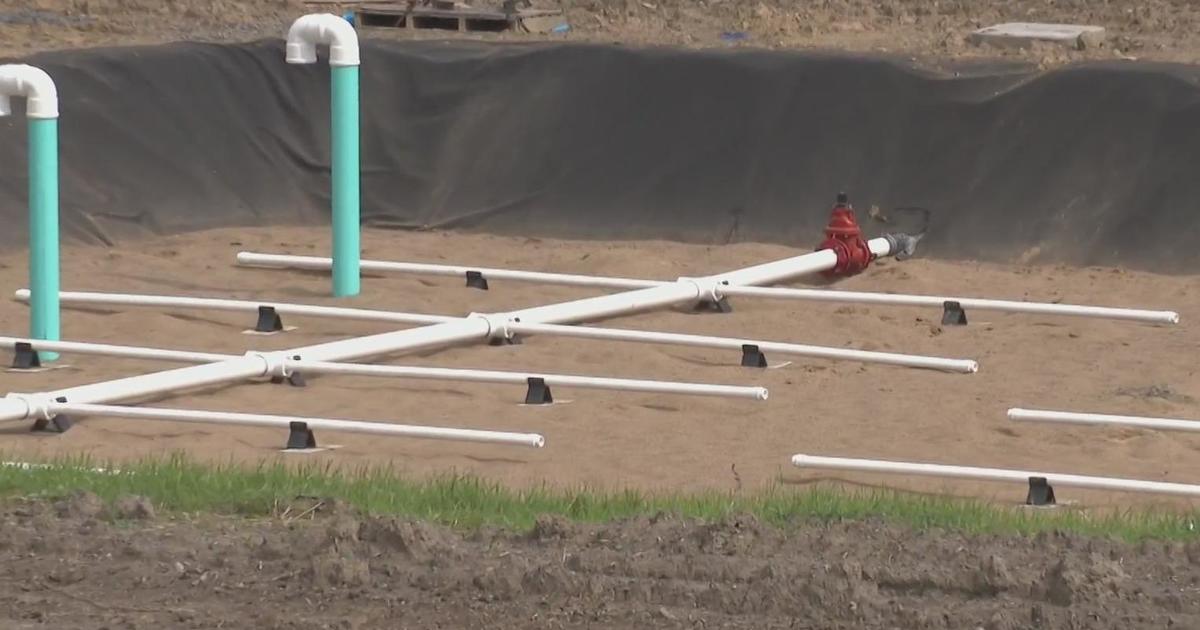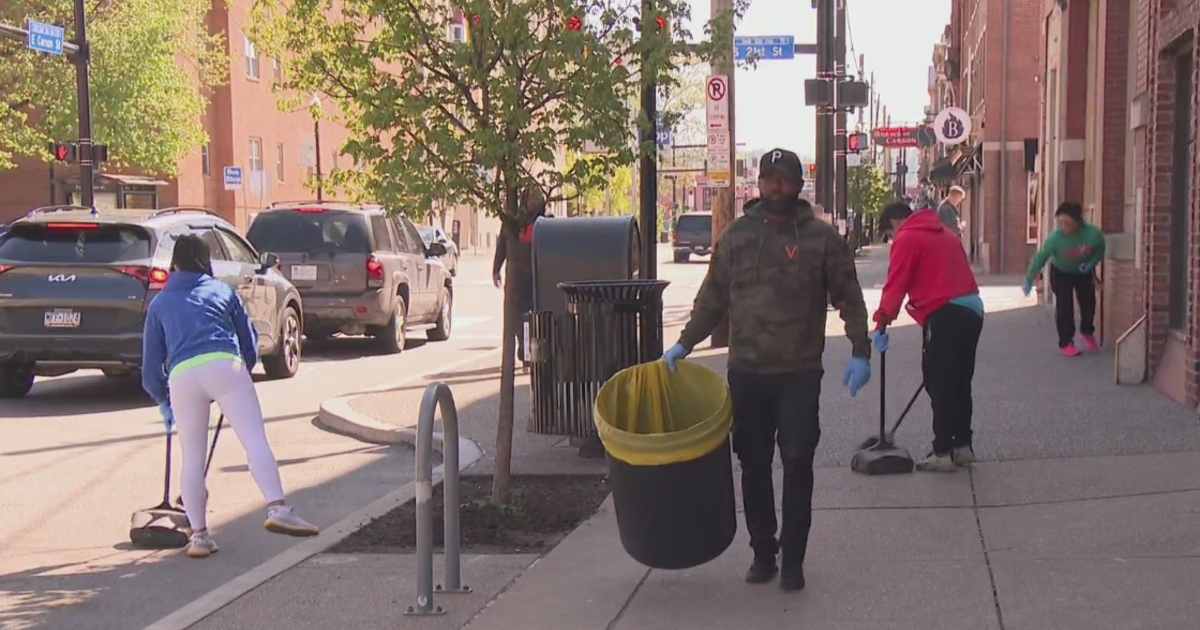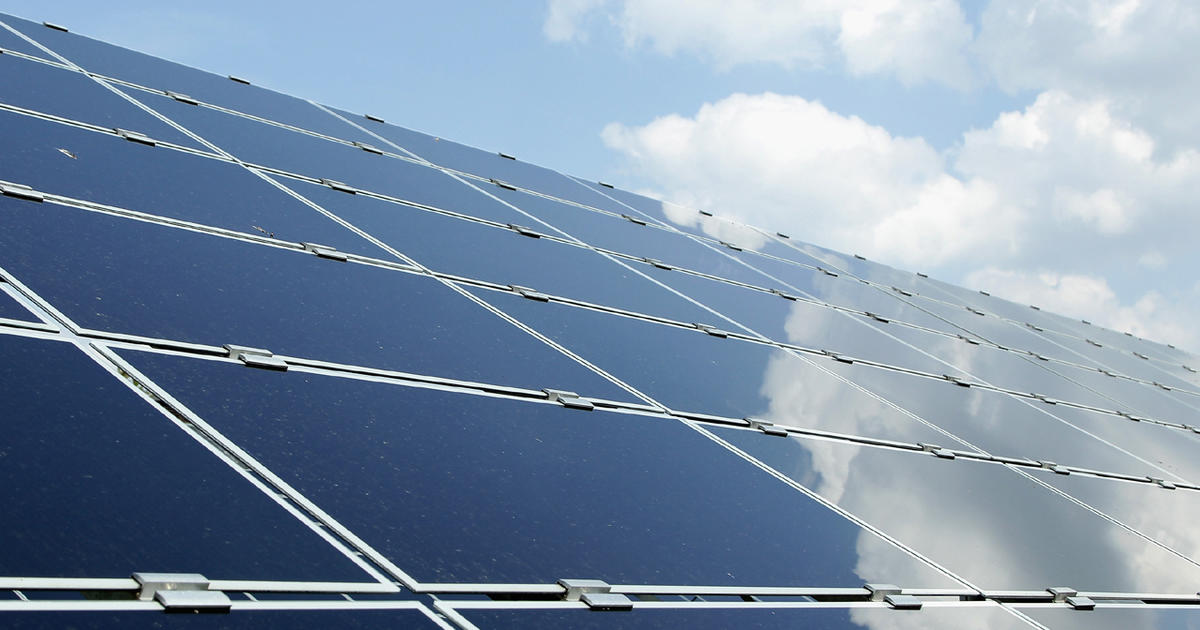The Natural Filtration System Movement: Rain Barrels Help You Conserve Water, And Keep Excess Water Out Of Storm Drains
PITTSBURGH (KDKA) -- About 71% of the Earth's surface is covered by water. Still, for many communities around the world, and even some here in the U.S., water is in short supply.
That's why there's been a push in recent years on water conservation and preservation.
Here in western Pennsylvania, home of the three rivers, it seems like water is something we always have plenty of. While many of us probably take it for granted, it's certainly a luxury, a luxury we obviously want to keep.
That's where non-profits like the Pennsylvania Resources Council come into play.
Many of these organizations are focused on water conservation, but that's not exactly the case here.
"I think that in this area, we focus more on water preservation than conservation because there is an abundance of water in this area. So I am more focused on water quality and protecting our waterways," said Nancy Martin, an environmental educator with the Pennsylvania Resources Council.
In the past 20 years or so, there's been a big movement to use the Earth's natural filtration system to filter and naturally clean our water before it goes back into the watershed.
In other words, pushing rain water and other water we generate outside directly into the soil and grassy areas, instead of it just going straight down the street and into the sewer.
Enter home rain barrels.
They've been around for years, but more and more homeowners are now realizing just how beneficial they are for our environment and our wallet.
"So by hooking up a rain barrel or a rain garden, you have on-site absorption the way nature intended. An average-sized home with a 1,000 square foot base would give you, in an average year with average rainfall, about 24,000 gallons of water," said Martin.
That's 24,000 gallons of water all from rain that runs right off your home's roof and gutters, directly into the barrel.
Installing one couldn't be easier.
"It only requires drilling three holes in the barrel. One on the top to allow the water in the barrel, one at the bottom to attach a spigot to, and one on the side at the top for an overflow hole," said Martin.
The PRC says not only do rain barrels help conserve water and give you a great supply for all of your outdoor watering needs, like gardening or even washing your car, these barrels also help keep excess water out of the region's storm drains, which helps to reduce the risk of flash flooding in local communities.
Home rain barrels aren't the only natural filtration systems these days.
Parks that are built in low-lying areas are designed to have retention ponds, which allow the water to slowly soak into the soil. Also some businesses are now doing their part by adding retention ponds on their property or even vegetation strips in parking lots.
Learn more about rain barrels or sign up for one of the PRC's rain barrel workshops, where you can get a barrel or learn how to make one, at https://prc.org/learn-act/watersheds-rain-barrels-rain-gardens/.




